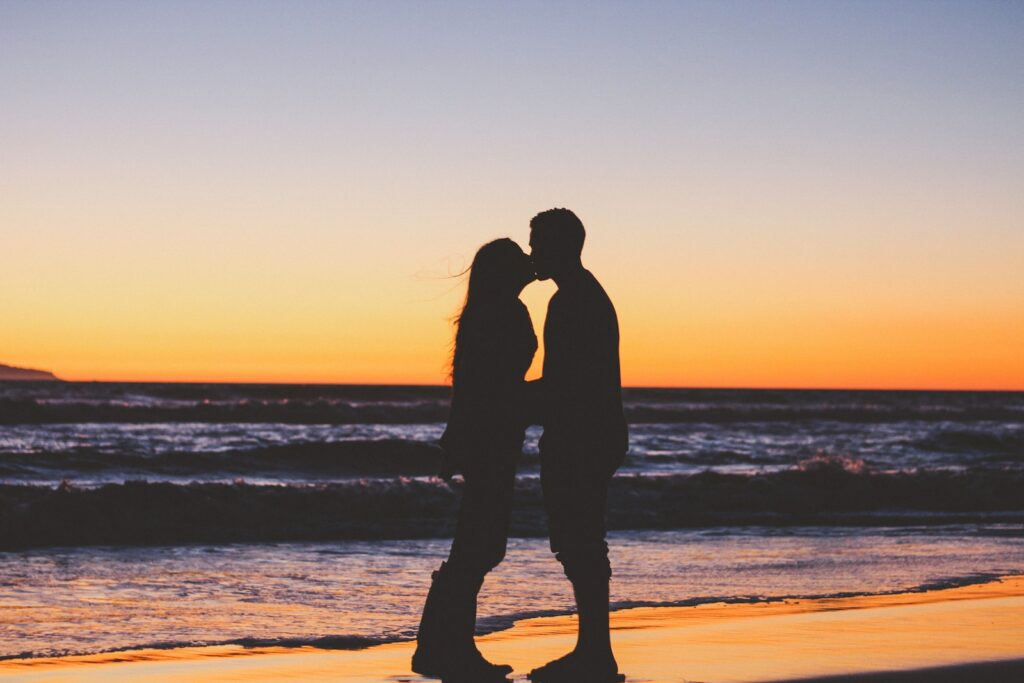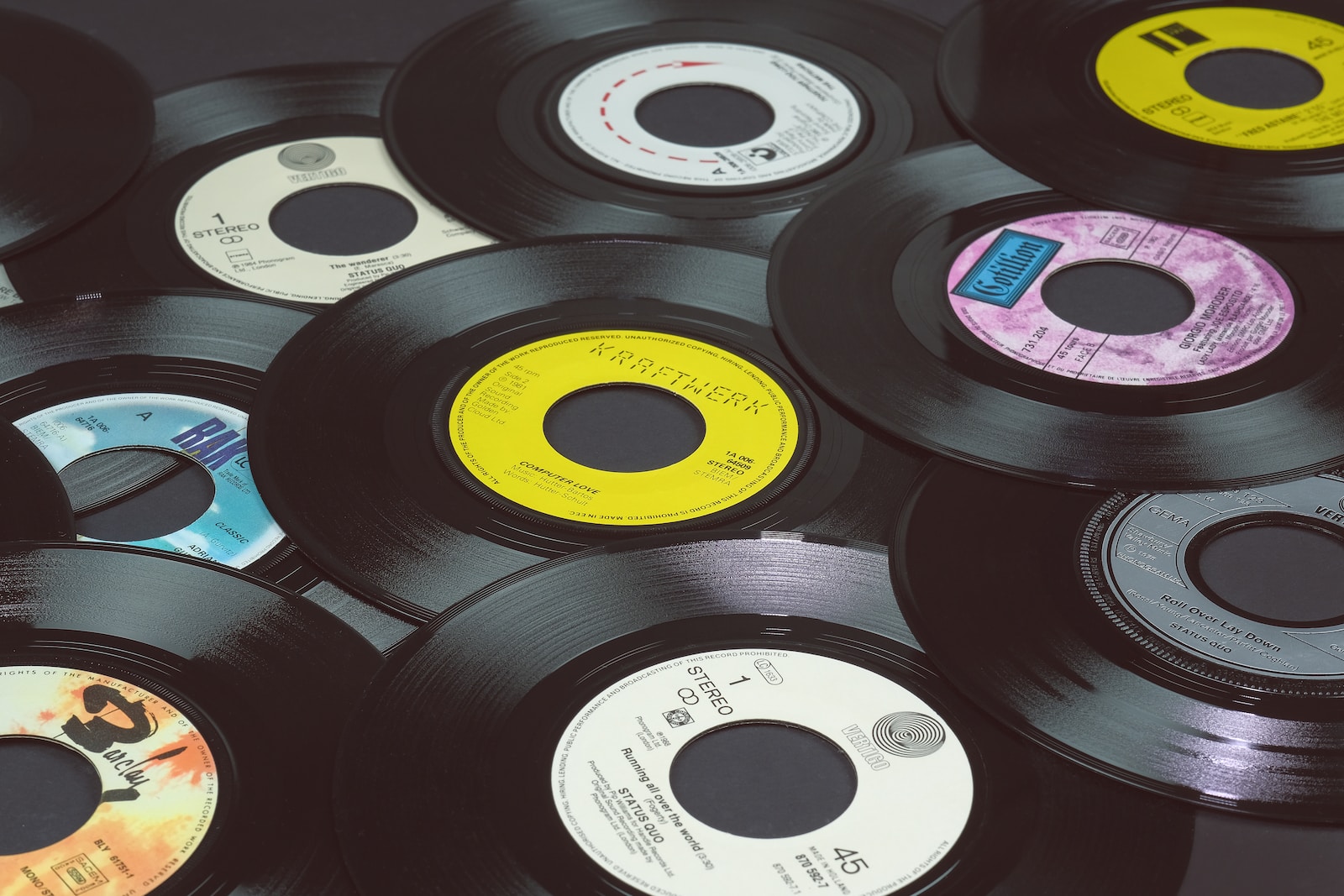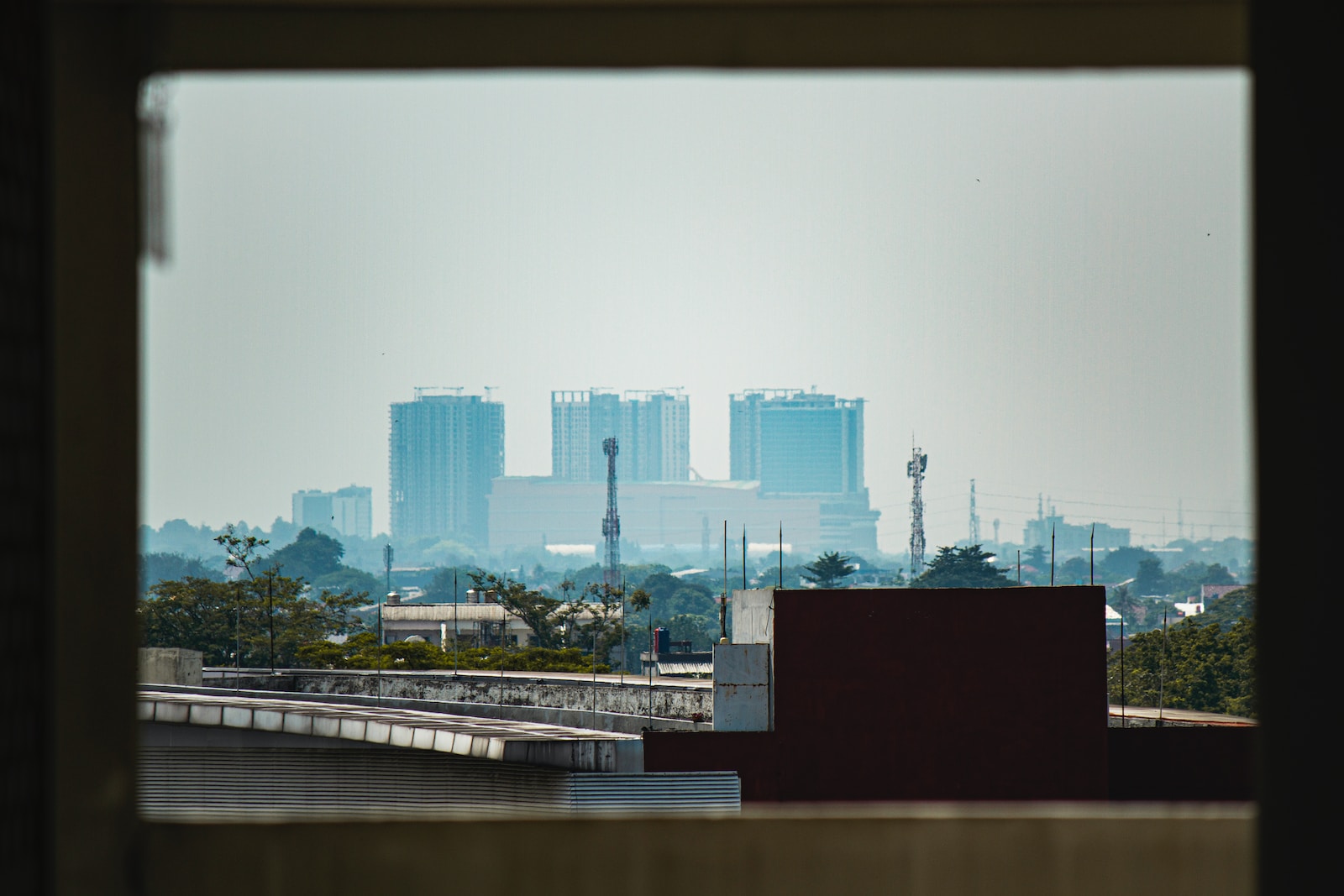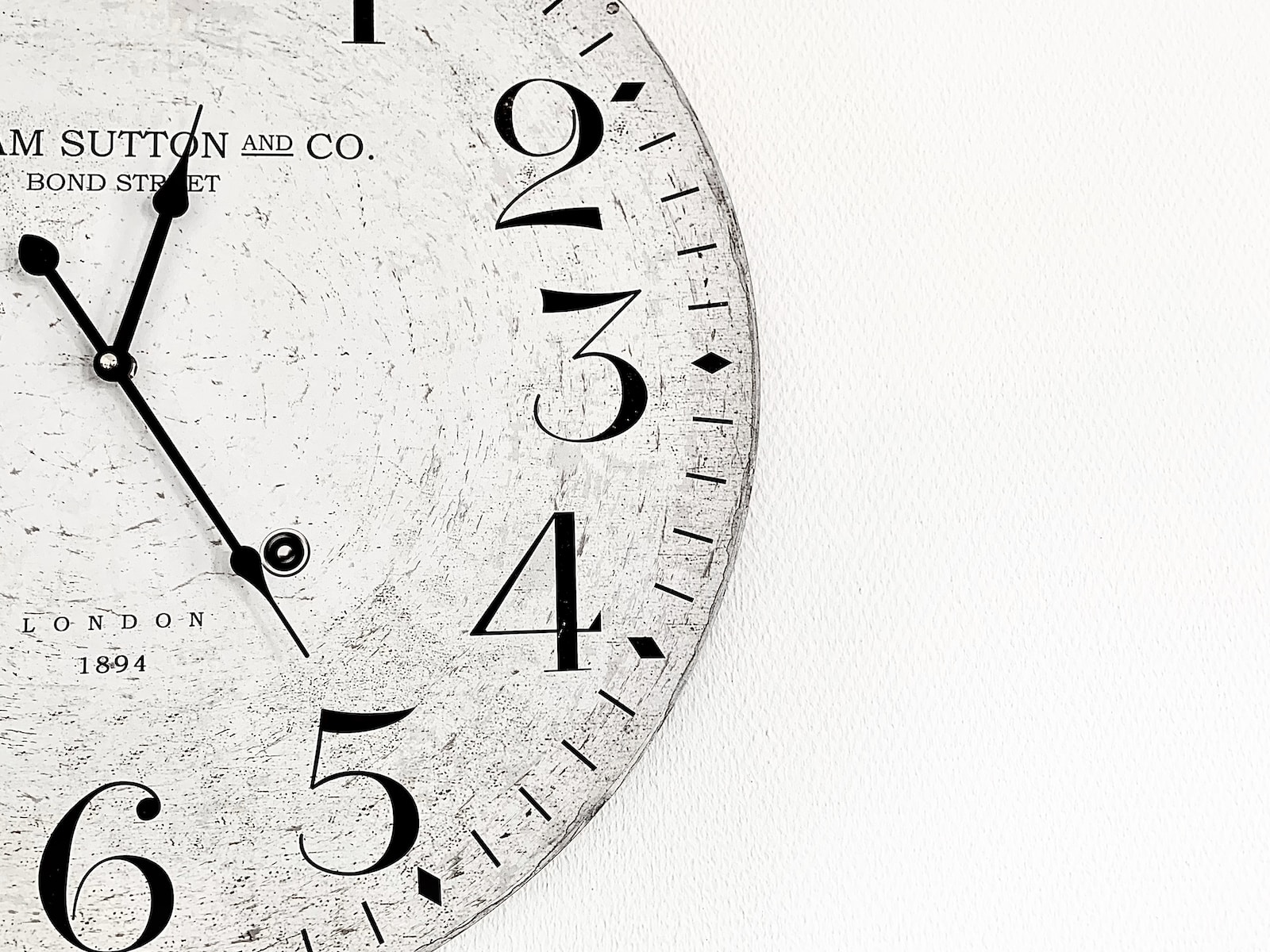Welcome to Beyond Shadows: Mastering Silhouette Photography, where we delve into the captivating world of silhouettes. Unveil the mystery and beauty of these ethereal images that capture the essence of a subject using only their shape and form. We will explore the techniques and camera settings required to create stunning silhouettes, showcasing the interplay between light and darkness. Prepare to be inspired as we take you on a visual journey, revealing the secrets behind this evocative art form.
Table of Contents
- The Beauty of Silhouettes in Photography
- Best Time of Year and Vantage Points: Capturing Stunning Silhouette Photos
- Frequently Asked Questions
- What is silhouette photography?
- What equipment do I need for silhouette photography?
- How do I create a silhouette?
- What time of day is best for silhouette photography?
- What are some composition tips for silhouette photography?
- How can I add creative effects to my silhouette photos?
- What post-processing techniques can I use to enhance my silhouette photographs?
- Where can I find inspiration for silhouette photography?
- Are there any photography courses or workshops specifically dedicated to silhouette photography?
- Wrap Up
The Beauty of Silhouettes in Photography
Photography is an art form that allows us to capture moments in time, freezing them forever. It allows us to tell stories, evoke emotions, and celebrate the beauty of the world around us. One particular technique that adds an air of mystery and intrigue to photographs is capturing silhouettes. Silhouette photography not only highlights the shapes and forms of subjects but also plays with light and shadows to create stunning visuals that leave a lasting impression.
Harnessing the Power of Light
Light is a photographer’s best friend, and when it comes to silhouettes, it becomes the key element in creating captivating images. To capture the perfect silhouette, you need to position yourself and your subject in such a way that the light source is directly behind them. This could be the setting sun, a streetlamp, or even a flashlight. The strong backlighting will cast the subject into darkness, allowing their shape to stand out against the bright background.
Experimenting with different light sources and angles can yield magnificent results. For instance, when shooting at twilight, the warm, golden glow of the setting sun can create a beautifully colored backdrop. Alternatively, shooting against a cloudy or stormy sky can add drama and intensity to your silhouettes. Remember, light is the key ingredient in silhouette photography, so don’t be afraid to play with it!
Composition and Technique
While light is crucial to creating stunning silhouettes, composition and technique hold equal importance. Here are a few tips to elevate your silhouette photography:
- Choose your subject wisely: Opt for subjects with distinct and recognizable shapes. Trees, buildings, people, and vehicles all make excellent choices.
- Keep it simple: Silhouettes work best when there are minimal distractions. Pay attention to your surroundings and eliminate any elements that detract from the main subject.
- Experiment with exposure: Silhouettes are all about creating contrast. Keep your subject underexposed to ensure their details are lost in shadows while the background remains bright.
- Play with angles: Don’t limit yourself to shooting silhouettes from a straight-on perspective. Try different angles and perspectives to add depth and interest to your images.
- Use shapes to tell a story: Silhouettes have the power to evoke emotions and narrate stories without showing explicit details. Use the shapes and forms of your subjects to create a sense of intrigue and wonder.
Remember, practice is key to mastering any photography technique. So grab your camera and venture into the world of silhouettes. Embrace the mystery and beauty that lies beyond the shadows, and let your creativity soar!
Did you know that the word "silhouette" originates from the French Finance Minister Étienne de Silhouette, known for his frugal policies? Its meaning evolved to describe the artistic technique of capturing the essence of a subject in shadow.
The Magic behind Silhouettes
Silhouette photography is a captivating art form that beautifully captures the essence of a subject by reducing it to a striking dark shape against a vibrant backdrop. To achieve that perfect silhouette shot, it is crucial to have the right equipment and techniques at your disposal.
The Ideal Camera and Lenses
To embark on your silhouette photography journey, you don’t necessarily need the most expensive camera or lenses. However, there are a few features to consider:
- Camera: Opt for a camera with manual control settings, as it allows you to adjust exposure and focus precisely. This control is critical when dealing with varying sources of light during shooting.
- Lenses: A wide-angle lens is ideal for capturing grand landscapes or multiple subjects. It provides a broader field of view, allowing you to encompass more of the stunning backdrop. On the other hand, telephoto lenses enable you to zoom in on distant subjects, making them appear larger against the background.
Selecting the Right Equipment
Filters: Consider using a graduated neutral density filter (GND) to balance the exposure between the sky and your subject. This tool helps avoid overexposure on the bright parts of the picture, maintaining intricate details. Additionally, using a polarizing filter can intensify colors and reduce glare.
- Tripod: Although not mandatory, a tripod increases stability and ensures sharpness in your images, especially during longer exposures.
- Remote Shutter Release: Using a remote shutter release minimizes the chance of camera shake, resulting in sharper images. Even the slight movement caused by pressing the camera’s shutter button can create blurriness.
Exploring Alternative Techniques
While the traditional silhouette photography approach involves shooting against a bright background, don’t limit yourself to this method. Experimentation is key to creating unique and innovative shots. Here are a few alternative techniques:
- Backlit Silhouettes: Instead of shooting against a naturally bright background, use artificial lighting, such as studio strobes or flashlights, to create a backlight effect on your subjects. This technique allows for greater control over the lighting conditions and adds a touch of drama to your images.
- Reflected Silhouettes: Explore the interplay between light and reflective surfaces. Position your subject near a mirror, glass, or water source, and capture the reflection along with the shadowy figure. This technique adds depth and intrigue to your silhouettes.
- Multiple Exposures: Consider blending multiple images to create composite silhouettes. This technique involves taking several shots of the same subject against different backdrops or under varied lighting conditions. Combine these images during post-processing to produce a visually stunning silhouette that tells a unique story.
Remember, mastering silhouette photography is an ongoing process that requires experimentation and practice. With the right equipment and techniques, you can create breathtaking images that evoke emotion and captivate your audience.

Best Time of Year and Vantage Points: Capturing Stunning Silhouette Photos
Silhouette photography allows us to unleash our creativity and create visually breathtaking images. By capturing the essence of a subject in its shadowy form against a radiant background, we can convey emotions, tell stories, and evoke a sense of mystery. To master this art, it is crucial to understand the best time of year to take silhouettes, as well as the optimal vantage points and positions for photographers.
Embrace the Golden Hours: Sunset and Sunrise
The magical moments that surround sunrise and sunset, known as the golden hours, provide the perfect lighting conditions for silhouette photography. During these times, the sun is low on the horizon, casting a warm and soft light that enhances the contrast between the subject and the background.
Position yourself to face the sun, ensuring that your subject is in front of you and between you and the bright light source. Experiment with different angles to create unique compositions – a side profile silhouette with the sun peeking over the shoulder can add a touch of drama, while a full body silhouette against the colorful sky can create a sense of tranquility.
Explore Silhouettes at Night: Cityscapes and Backlit Scenes
Nighttime presents another fantastic opportunity for silhouette photography. Urban environments offer a myriad of captivating silhouettes against bright city lights and colorful neon signs. Find high vantage points, such as rooftops, buildings, or hilltops, that provide a clear view of the cityscape.
Experiment with different positions and compositions. Capture silhouettes of people walking on a busy street, with the cityscape acting as a vibrant backdrop. Alternatively, position yourself in front of well-known landmarks, such as a lit-up bridge or a famous building, and frame your subject against the dazzling lights.
If you’re in a more natural setting, seek out scenes where the moonlight or starlight creates a beautiful soft glow. Position your subject in front of the moon or use long-exposure techniques to capture the motion of stars. These ethereal silhouettes against a starry sky will transport your viewers into a world of wonder.
Remember, the key to capturing stunning silhouettes is to experiment, innovate, and think outside the box. Don’t be afraid to try different settings, positions, and vantage points to find the perfect composition that resonates with your artistic vision.
Silhouettes offer a captivating way to depict the world around us. By understanding the best time of year to take silhouette photographs and exploring various vantage points and positions, you can take your photography skills to new heights and create images that are truly breathtaking. So grab your camera, venture into the golden hours or the nocturnal cityscape, and unleash your creativity to master the art of silhouette photography.
Capture stunning silhouettes by shooting in Manual mode. Set your camera's exposure for the background, then use the light meter to underexpose your subject. Experiment with different angles and backlights to create captivating shapes and forms. Remember to focus on the outline of your subject and use a wide aperture for a shallow depth of field. Happy shooting!
Frequently Asked Questions
What is silhouette photography?
Silhouette photography is a technique where a subject is captured as a dark shape against a bright, illuminated background. The subject is usually completely blacked out and lacks detail, creating a dramatic and mysterious effect.
What equipment do I need for silhouette photography?
To capture stunning silhouette photos, you’ll need a camera with manual mode settings, a lens that allows you to control the aperture, and a tripod to keep your camera steady. Additionally, having a remote shutter release can help avoid camera shake.
How do I create a silhouette?
To create a silhouette, position your subject against a bright light source such as the sun, a lamp, or a window. Ensure that the light source is behind the subject, casting a strong backlight. Adjust your camera settings to expose for the brighter background, causing the subject to appear as a silhouette.
What time of day is best for silhouette photography?
The best time to capture stunning silhouette photos is during the golden hour, which is shortly after sunrise or before sunset. The soft, warm light during this time adds a beautiful touch to the overall composition of the image.
What are some composition tips for silhouette photography?
To enhance your silhouette photographs, consider the following composition tips:
- Use leading lines to draw attention to the subject.
- Experiment with different angles and perspectives.
- Include elements in the foreground for added depth.
- Frame your subject against interesting shapes or patterns.
- Experiment with silhouettes in various landscapes and environments.
How can I add creative effects to my silhouette photos?
To add creative effects to your silhouette photos, try experimenting with different light sources, such as colored gels or filters. You can also create silhouettes using artificial light indoors or by using props to create interesting shapes and shadows.
What post-processing techniques can I use to enhance my silhouette photographs?
In post-processing, you can further enhance your silhouette photographs by adjusting the contrast, brightness, and saturation levels. You can also crop the image to strengthen the composition or apply artistic filters to add a unique touch.
Where can I find inspiration for silhouette photography?
There are several places where you can find inspiration for silhouette photography:
- Online photography communities and forums
- Books and magazines on photography
- Art galleries and exhibitions
- Nature and outdoor locations
- Experimental and creative photography workshops
Are there any photography courses or workshops specifically dedicated to silhouette photography?
Yes, there are photography courses and workshops that specifically focus on silhouette photography. These courses can provide you with hands-on training, expert guidance, and valuable tips and tricks to help you master the art of capturing captivating silhouette photographs.
Wrap Up
In conclusion, mastering the art of silhouette photography is a wonderful way to add depth and mystery to your images. By understanding the techniques and utilizing proper lighting, you can create captivating and visually engaging photographs that leave a lasting impression.
Remember to experiment with different angles, play with light, and incorporate interesting elements into your compositions. Whether you capture silhouettes against a vibrant sunset, a city skyline, or even indoors, there are endless opportunities to unlock your creative potential.
We hope this guide has inspired you to explore the world of silhouettes and take your photography skills to new heights. Do you have any questions or experiences to share? We would love to hear from you. Leave a comment below and let’s continue the conversation!



